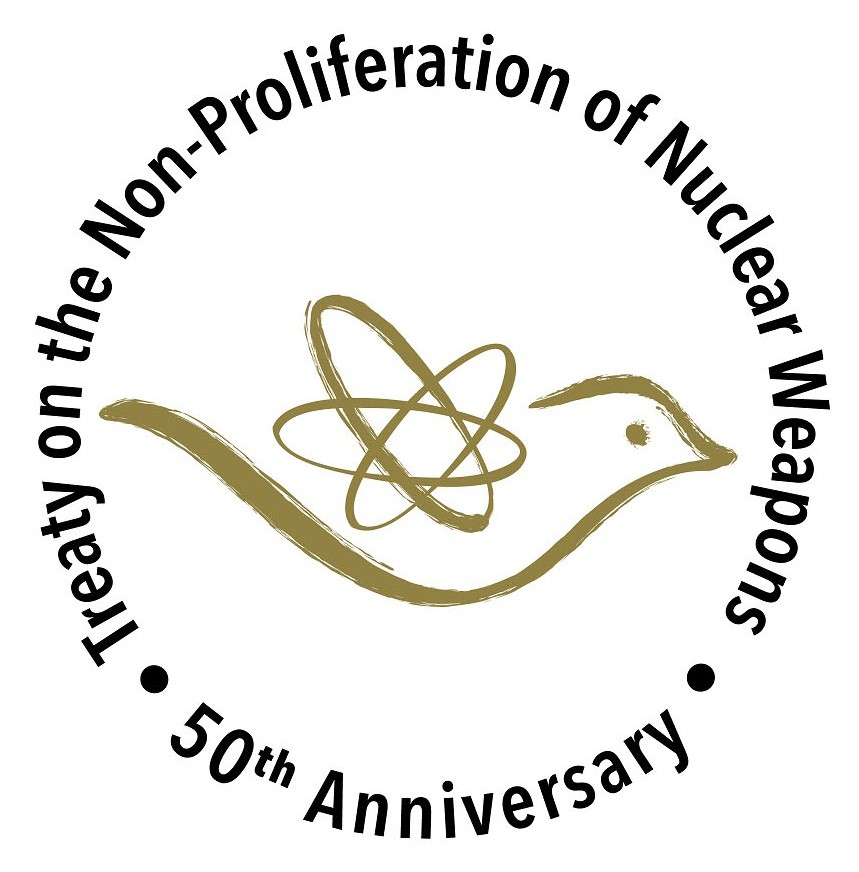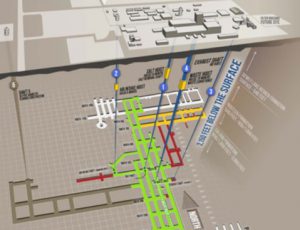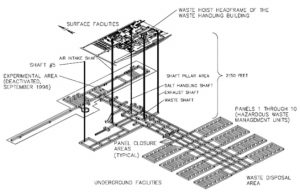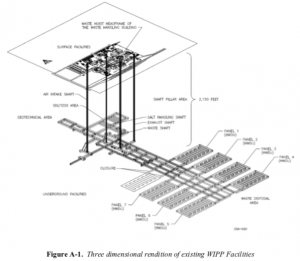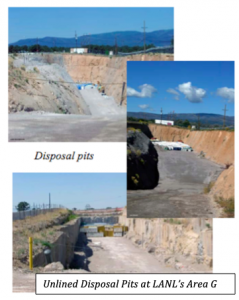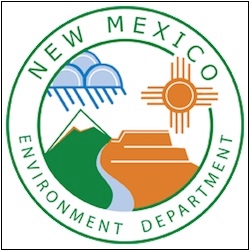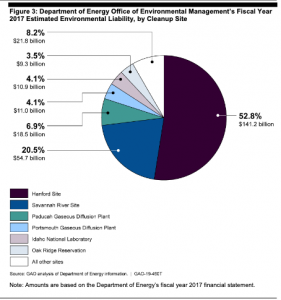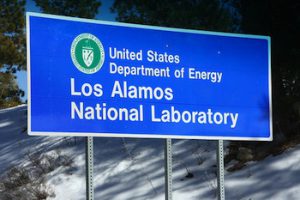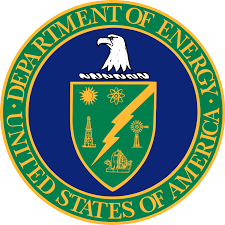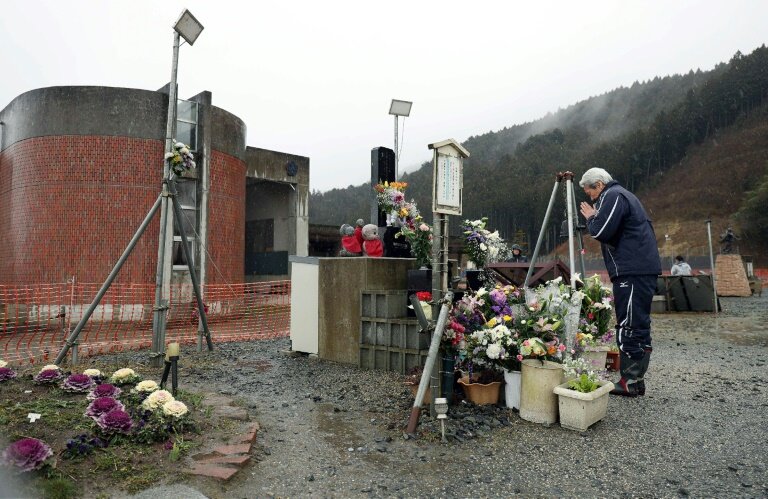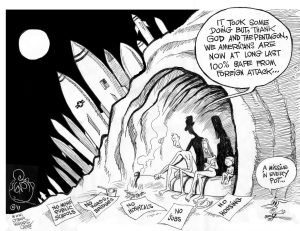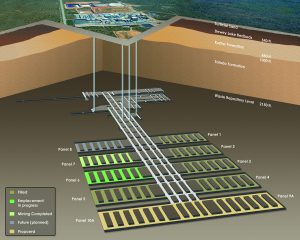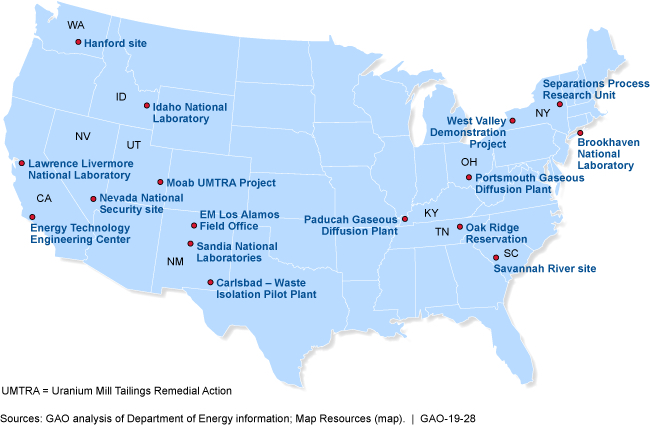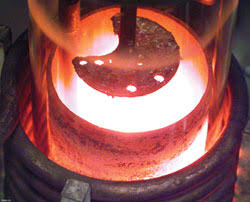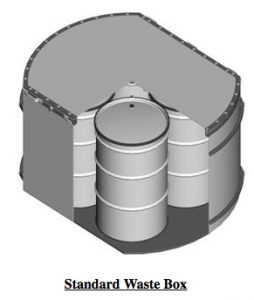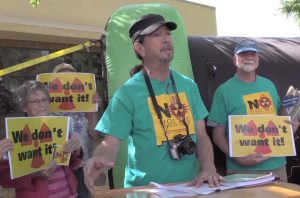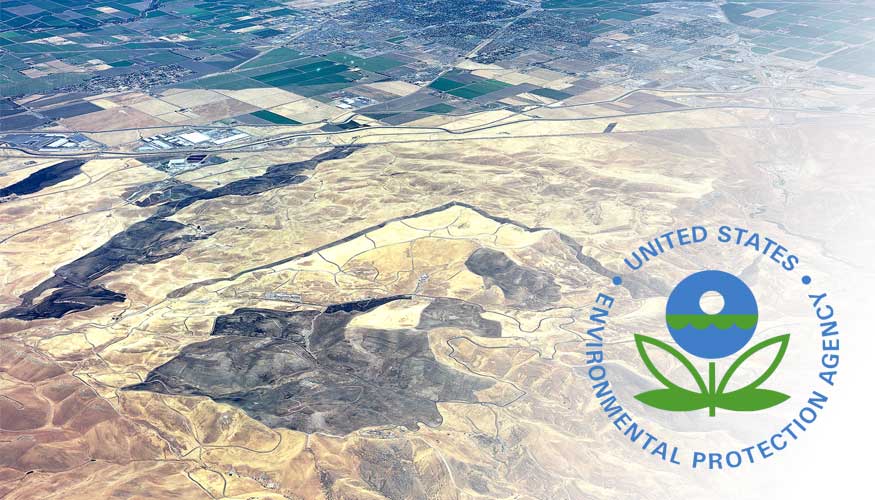
Santa Fe, NM – The Trump Administration has released more budget details for its proposed Fiscal Year 2021 federal budget for the Department of Energy and its semi-autonomous nuclear weapons agency, the National Nuclear Security Administration (NNSA). The Los Alamos National Laboratory (LANL) is slated to receive nearly a one billion dollar increase for its nuclear weapons programs (up 48%), overwhelmingly for new production. At the same time cleanup, whose need is caused by nuclear weapons production, is cut by 46%.
Significantly, LANL’s FY 2021 budget for design work of nuclear weapons stayed flat after falling by 28% from FY 2018 to FY 2019. Meanwhile, funding for nuclear weapons design work at the Lawrence Livermore National Laboratory more than doubled from FY 2019 to FY 2021.

